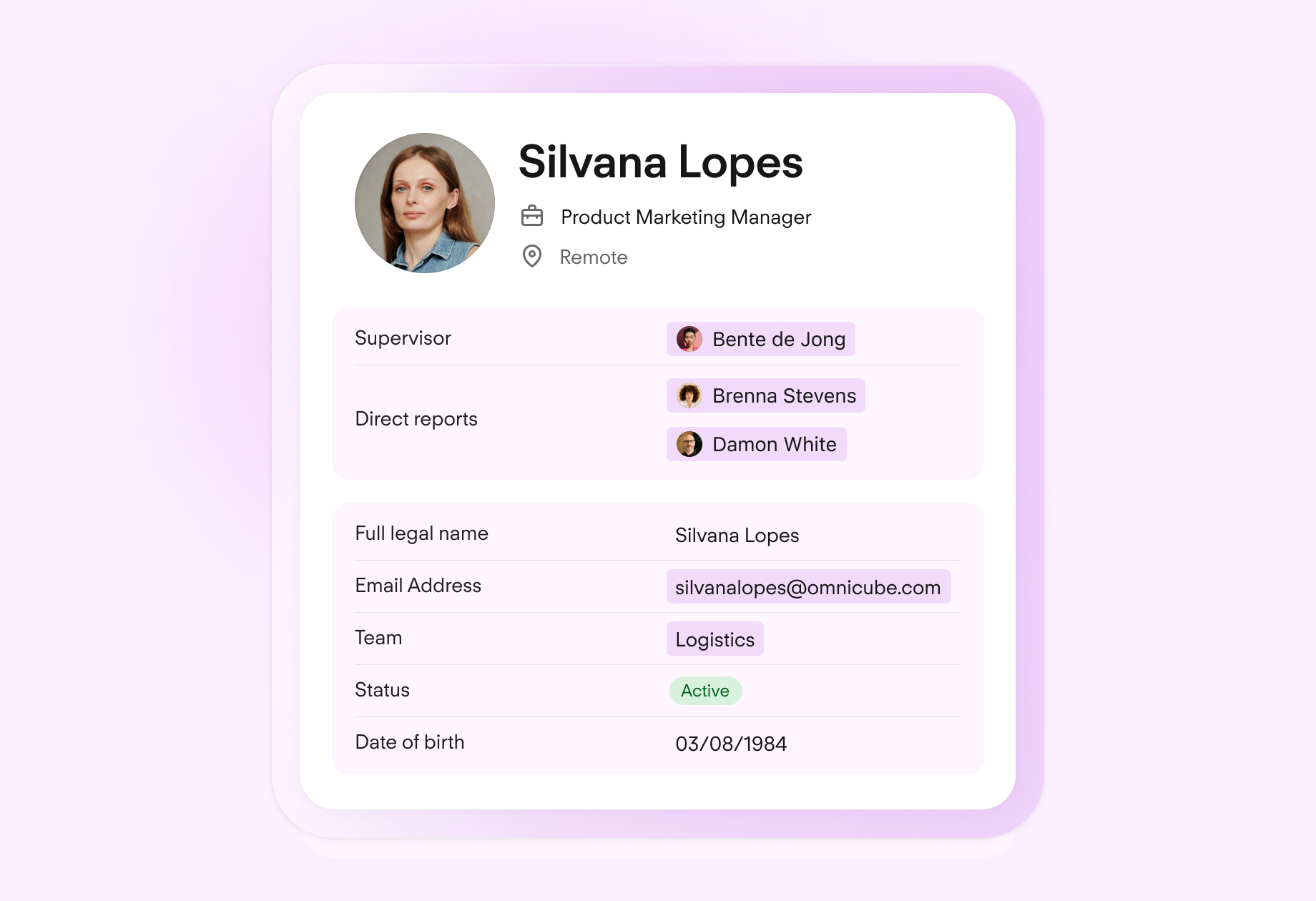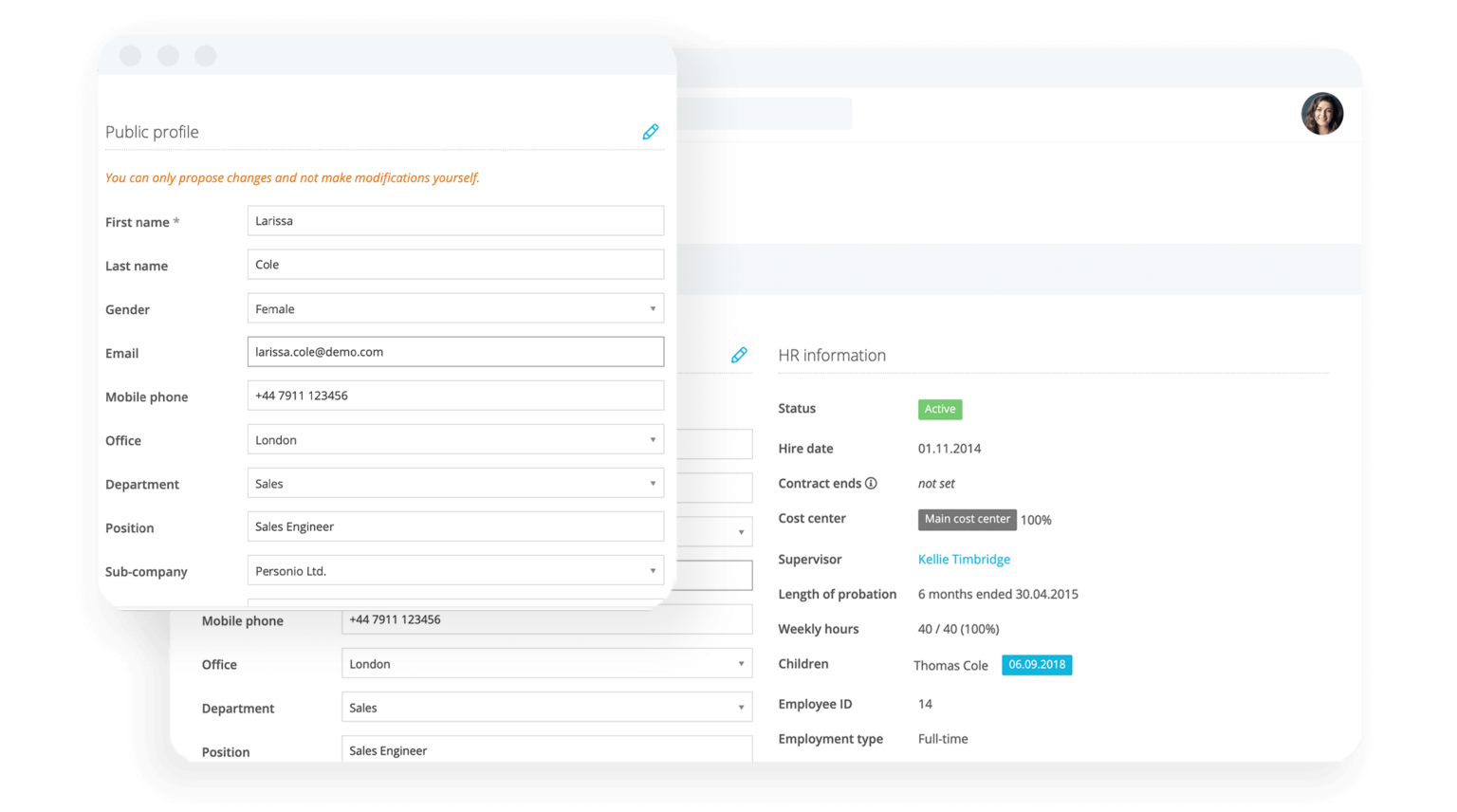Your Guide to Writing a Letter of Employment (Template Included)

This article explains the purpose of a letter of employment, provides helpful writing tips and includes an easy-to-use template you can take with you today.
Employment letter, TL:DR
What is a letter of employment? A letter of employment verifies an employee’s job title, employment dates, and possibly salary, often needed for financial decisions.
How to write a letter of employment:
Include employer and requesting organisation details
Provide employee information (name, job title, employment dates).
Follow a formal business letter format.
Clearly state the letter’s purpose.
Include any additional requested details.
Provide contact information and sign off.
Proofread for errors.
Best practices: Use official letterhead, be concise, end with a handwritten signature, allow employee review if permitted and send promptly.
Contents
- 1What is a letter of employment?
- 2Why is a letter of employment needed?
- 3How to write a letter of employment
- 4Letter of employment guidelines
- 5Letter of Employment Template
- 6Tips for Writing a Letter of Employment
- 7Frequently Asked Questions About Letters of Employment
- 8How To Write an Effective Letter of Employment
What is a letter of employment?
A letter of employment — sometimes called an employment verification letter — is written by an employer to verify an employee’s working status. It confirms the employee’s job title, salary, history at the organisation and the organisation’s contact information.
Why is a letter of employment needed?
A letter of employment is essential for various purposes, often serving as proof of income and job stability. Here are common scenarios where UK organisations might need to provide one to their employees:
Renting a new flat
Landlords usually ask for a letter of employment to confirm you can afford the rent. This letter should detail your job title, salary and length of employment.
For example, a letter stating you work full-time at a business with an annual salary of £50,000 can reassure landlords.
Buying a home
Mortgage lenders require a letter of employment to assess your ability to repay the loan. A detailed letter from your employer confirming your position, salary and employment duration can strengthen your mortgage application.
Taking out a loan
Lenders need assurance that you can meet repayment terms. A letter of employment confirming your income and job stability can help secure favourable loan terms.
For instance, a letter indicating you have been employed at your organisation for three years with a steady income can be beneficial.
Types of employment letters
For loan applications: Includes job title, salary, employment start date and sometimes job stability.
For rental agreements: Focuses on current income, job stability and salary.
For visa applications: Details job role, salary and continued employment upon return.
Each type of letter serves a specific purpose and includes tailored information to meet the requirements of the requesting party.
How to write a letter of employment
A letter of employment is short and to the point. It includes the below information:
Employer details
Include the basic information about your company, such as the organisation’s name, address and contact information.
Details of the organisation requesting the information
Address the organisation requesting the letter by name and include the name of the contact person there.
Necessary information on the employee
This information includes the employee’s name, job title and dates of employment (starting from induction day). It may also include salary and other specific information asked by the requester.
Letter of employment guidelines
Follow these best practices to write a letter of employment…
Stick to a business letter format
For a formal letter, follow the business letter format, which consists of writing your organisation’s contact information, name and address at the top of the page.
Next, state the date the letter is written and then the contact information of the recipient. If you have the name of who you’re writing the letter to, address them by name in the opening of the letter. If you don’t have a name, “Dear Sir or Madam” or “To Whom it May Concern” are acceptable alternatives.
Express the purpose of your letter
State right off that this is a letter of employment, so the reader knows precisely what they’re reading.
Incorporate details requested by the employee
In addition to the standard information in a letter of employment, the employee may need other items addressed. Make sure to ask for these details and that they’re included in your draft. Keep this additional information brief and easy to read.
Give contact details and sign off
Offer to answer questions the recipient may have, and provide your contact information so they can reach out to you. You can share your work email or phone number. Then, end with your signature.
Proofread the letter and correct any errors
Carefully read over the letter for spelling or grammatical errors. Fact-check the information provided. Be aware of tone when editing, too — it should sound professional and polite.
Letter of Employment Template
Save this letter of employment template example for future use.
[Your company name] [Your company address] [Your company phone number, if applicable] [Date] [Company name that you’re contacting] [Address of recipient]
Dear [Person’s name, or nameless greeting], This letter is to verify [insert name of employee’s] employment at [insert name of your company]. [Name of employee] was hired on [insert state hire date] and has been working [full time/part time/other type] as a [insert job title] with us since then [if employment ended, add the end date here]. [Employee’s name] annual salary is [insert salary amount]. [In a new paragraph, include other details the employee mentioned to you.] If you have any questions, you can contact me at [insert your phone number or email address here].
Sincerely,
[Your printed name] [Your signature] [Your job title] [Your company’s name again]
In search of other letter types? Check out our other HR templates that make day-to-day employee management easier.
Tips for Writing a Letter of Employment
Here are practical tips to consider when writing and revising your letter of employment:
Apply Your Organisation’s Official Letterhead Format
To ensure that your letter looks professional, incorporate your organisation’s official letterhead styling. This often includes your organisation’s logo and contact details.
Get to the Point
Don’t delay the purpose of the letter when drafting a letter of employment. After the proper formatting and introductions, get right to the information.
End With a Handwritten Signature
A handwritten signature – instead of a script font – lends authority and authenticity to your letter. Use a PDF reader, a stylus, insert a drawing of your signature or print and scan a signed letter to add your signature.
Let the Employee Review Your Letter
In most cases, your employee can read their employment verification letter, but double-check with your organisation’s policy beforehand. If they can read it, they can bring any errors in fact to your attention.
Send the Letter Quickly
Time is often of the essence when a letter of employment is requested. Don’t delay drafting and submitting the letter. The template and tips in this guide can help you write a letter of employment quickly.
Frequently Asked Questions About Letters of Employment
What Is a Letter of Employment Used For?
A letter of employment is used to verify that an employee works where they say they work. It’s often reviewed by lenders, landlords and other decision-makers when it comes to significant financial decisions.
What Is a Good Letter of Employment Template?
A good letter of employment template is short and to the point. It includes the basic information required, plus space to include other requested details.
How To Write an Effective Letter of Employment
A good letter of employment is short and provides all the necessary details straight away. For other tips on professional communication, check out Personio’s articles on how to write a professional rejection email, informal communication methods or how to introduce new employees.
Personio makes HR management a breeze. Book your free demo to learn how Personio can help you manage everything in one place.
Disclaimer
We would like to inform you that the contents of our website (including any legal contributions) are for non-binding informational purposes only and does not in any way constitute legal advice. The content of this information cannot and is not intended to replace individual and binding legal advice from e.g. a lawyer that addresses your specific situation. In this respect, all information provided is without guarantee of correctness, completeness and up-to-dateness.

